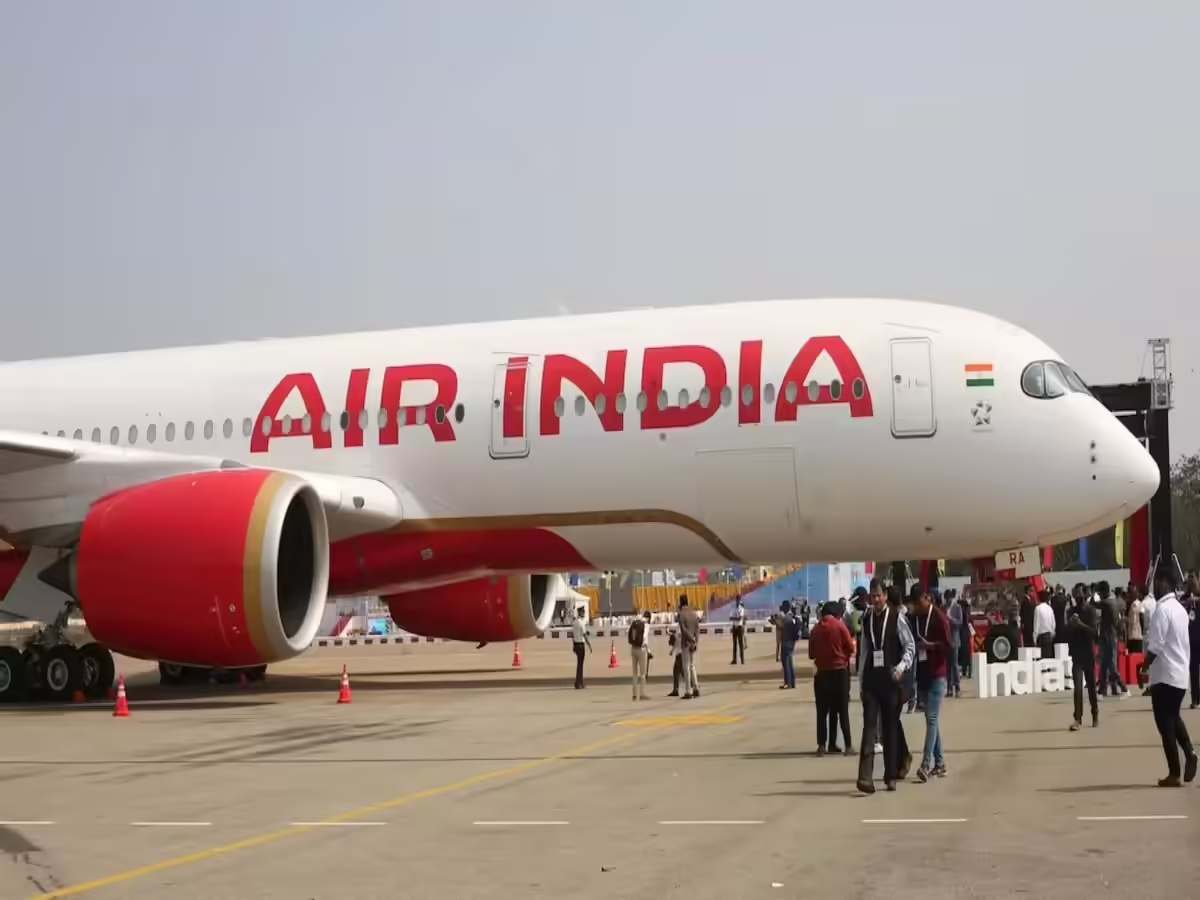Directorate General of Civil Aviation (DGCA) has uncovered several critical lapses during an intensive surveillance drive at major Indian airports, including Delhi and Mumbai. The exercise, conducted during late-night and early-morning hours by teams led by the Joint Director General, formed part of a broader assessment of India’s aviation ecosystem initiated on June 19.
The surveillance aimed to evaluate compliance across key operational domains such as flight operations, airworthiness, ramp safety, air traffic control (ATC), communication, navigation and surveillance (CNS) systems, and mandatory pre-flight medical checks. This initiative, backed by the Ministry of Civil Aviation, was designed to pinpoint weak spots that could compromise passenger and aircraft safety.
Findings from the inspection revealed a concerning pattern of negligence. Several aircraft were found operating with recurring technical defects that had not been adequately addressed. Maintenance logs often lacked proper entries, with repeated issues like malfunctioning thrust reverser systems and flap slat levers going unrectified. Some aircraft were reportedly released for service without fully adhering to safety protocols, including the failure to lock unserviceable systems and the improper handling of corrosion protection measures.On-ground safety was also found wanting. Ground handling equipment such as baggage trollies and belt loaders were deemed unfit for use. Further, tool control procedures at maintenance units were observed to be lax, and maintenance personnel were noted to be bypassing safety precautions prescribed in aircraft manuals.
Passenger safety provisions within cabins were also compromised. Several life vests were not properly secured beneath seats, a basic requirement for emergency preparedness. In another serious lapse, discrepancies were noted in simulator training environments, where software versions and aircraft configurations were found outdated or mismatched.Airside infrastructure at airports presented additional red flags. The centre line markings on some runways were faded, while rapid exit taxiways lacked compliant lighting. Additionally, several ramp vehicles were found operating without mandatory speed governors. These vehicles were subsequently withdrawn, and driver permissions suspended.
A further gap was discovered in aerodrome safety. Obstruction limitation data at some sites had not been updated for three years despite new constructions in the vicinity, raising potential concerns for safe aircraft operations.In one instance, a domestic flight had to be cancelled due to severely worn tyres. It was permitted to fly only after corrective measures were completed.The DGCA has issued notices to all concerned operators, directing them to submit corrective action reports within seven days. The aviation regulator emphasised that these lapses, while currently under control, require immediate redress to avoid any future risk to flight safety.
This high-level scrutiny underscores the DGCA’s renewed focus on making India’s rapidly growing civil aviation sector safer and more accountable. As the industry scales up to meet rising travel demand, systemic diligence, regular inspections, and strict enforcement of norms will be crucial to preventing any compromise on passenger safety.
Also Read : Kochi Metro Offers 50 Ride Student Pass for Rs 1100




